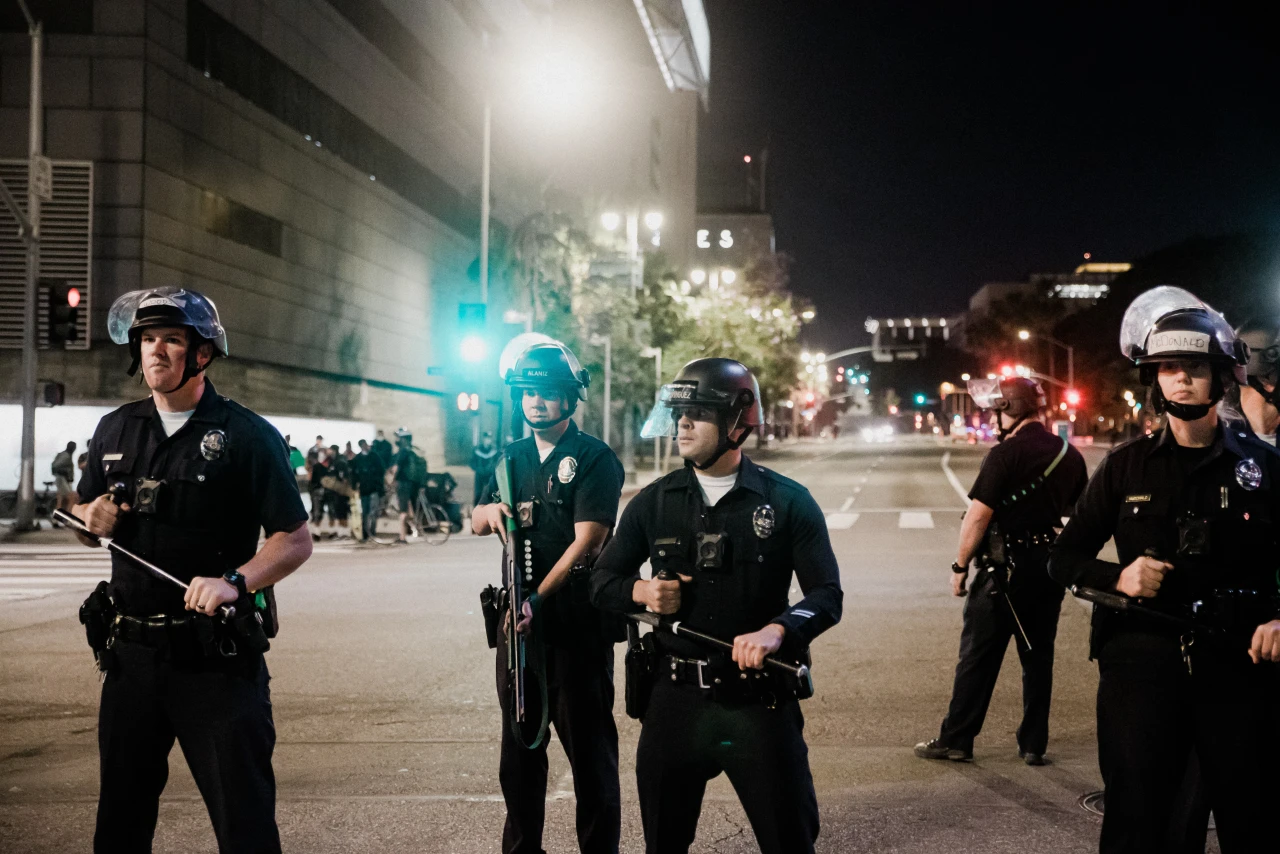In the last three decades, segregation in American cities has gotten even worse
A new report paints a grim picture of segregation in America. Not only is the United States nowhere near a truly desegregated society, in the last 30 years residential segregation has actually gotten worse.
This might not be a surprise. But it always helps to have numbers.
A new study by the Othering & Belonging Institute of the University of California at Berkeley measures over 80% of American cities with more than 200,000 residents as being more segregated places to live in 2019 than they were in 1990. As reported by Time, what makes this study different is that it measures the racial integration of individual census tracts in comparison to their surrounding metropolitan areas. Cities may claim to have diverse populations, but individual neighborhoods may remain as segregated as they were a hundred years prior.
Many of the report’s findings are bleak:
• Of the 113 largest cities measured, only Colorado Springs and Port St. Lucie, Florida qualified as truly “integrated.”
• “83 percent of neighborhoods that were given poor ratings (or “redlined”) in the 1930s by a federal mortgage policy were as of 2010 highly segregated communities of color”
• “The most segregated regions are the Midwest and mid-Atlantic, followed by the West Coast.”
• “Southern states have lower overall levels of segregation, and the Mountain West and Plains states have the least.”
Many of the report’s findings demonstrate, yet again, the link between segregation, poverty, and opportunity. Children raised in integrated neighborhoods go on to earn more money as adults. Segregated Black neighborhoods have fully three times the poverty rate of segregated white neighborhoods.
The report goes into considerably more detail than that.
What is evident, then, is that whatever this nation might claim, the facts on the ground show that racial segregation is not only persisting, but getting worse. Three decades of halfhearted government programs to combat the aftereffects of “redlining” and other systemic policies of discrimination haven’t managed to stop the backslide, and any bleating about systemic racism being “over” in America can once again be dispensed with as insulting, farcical nonsense.
But what’s next? It’s not clear. The Biden administration is reinstating anti-discrimination rules gutted by the Trump team in the Department of Housing and Urban Development, and has signaled a more aggressive anti-segregation focus. That’s not likely to undo three decades of federal, state, and local failures, however. Especially not when a good chunk of the American population—that is, the racists—remains intent on sabotaging such programs rather than abiding them.

